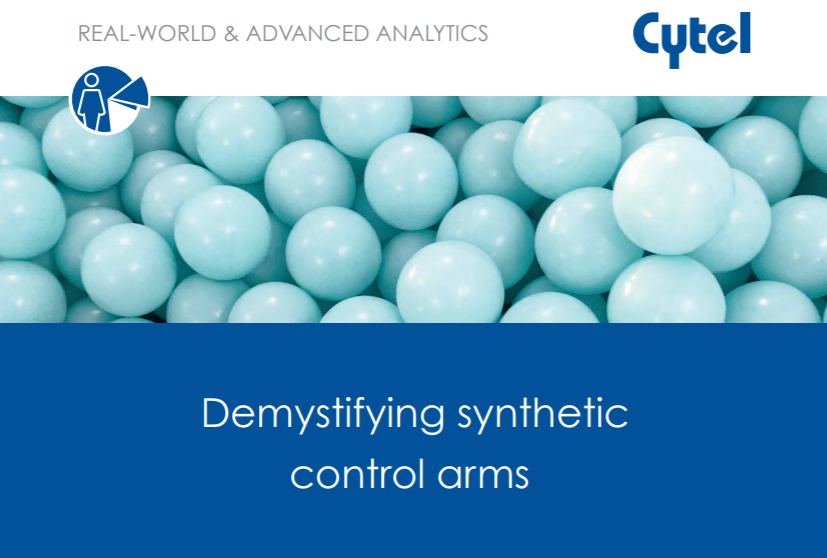In recent times, Single arm trials are being increasingly used to assess new treatment interventions. They establish clinical benefit by demonstrating the effects of a new therapy or treatment, without the need to use placebo or standard of care as a control. Instead, an alternative approach known as external controls or synthetic control arms (SCA) are being used that leverages real world data and historical datasets. Technical knowledge of Bayesian methods is key to being able to design and implement such trials.
Breakthrough treatments in oncology and rare diseases are now commonly approved based on a pivotal single arm trial – however this is not always optimal. Use of single arm trials in oncology or rare diseases requires appropriate comparisons to be developed to document the benefits of the new treatment. Deriving such comparisons from real world or historical trial data is not straightforward and requires data source and methods expertise.
When combining historical datasets to create an SCA, researchers might discover that the historical data involve patients who are either homogenous or heterogenous to those enrolling in the new trial. Homogeneity and heterogeneity describe how similar external data are to the needs of the current trial. On the other hand, sometimes external data reflect a slightly different population sample (i.e. different age, sex or race), or perhaps identify somewhat different clinical endpoints. In these instances of heterogeneity, further statistical adjustment must be incorporated.
When real world data reflect a patient population homogenous to those currently enrolling, these data are easier to combine and the comparison can proceed as any other comparative analysis. When there is heterogeneity, the historical data might have to be weighted to reflect the fact that the historical data are biased. The solution, in such cases, is to add weights to the historical datasets, using a Bayesian hierarchical model. Suppose we have two datasets, one which reflects the desired population and endpoint, the other which reflects the desired endpoint but not the population. The conclusions of the investigative study must account for the fact that the first dataset is giving us information more suited to the study’s needs. Statisticians would not treat these two datasets the same way. Weighting is therefore a technique which takes into greater account information from the data set better suited for the study.
Bayesian models offer a flexible way of incorporating historical controls in the analysis of trial data (whether single arm and randomized). In the context of SCAs, one popular utilization of Bayesian models is Bayesian Dynamic Borrowing. An SCA is constructed by combining data from newly enrolled patients in the control arm of the trial, with historical ones using Bayesian methods. This enables fewer patients to be enrolled into the control group and optimizes the use of data already collected.
At Cytel, we select the most appropriate data source based on the requirements of the comparison to be performed. We then harness the latest advances in Bayesian dynamic borrowing, propensity score adjustment and epidemiological microsimulation modelling to derive synthetic controls capable of standing up to clinical and regulatory scrutiny.
Click the button to learn more.




